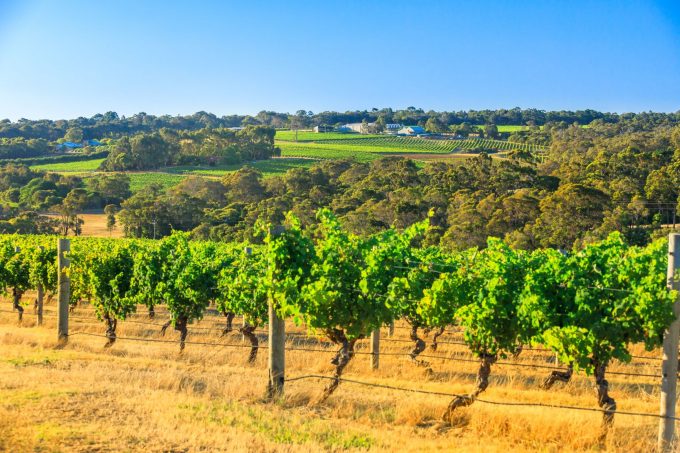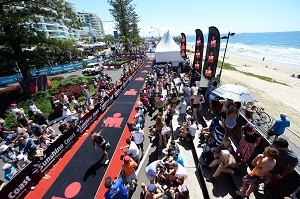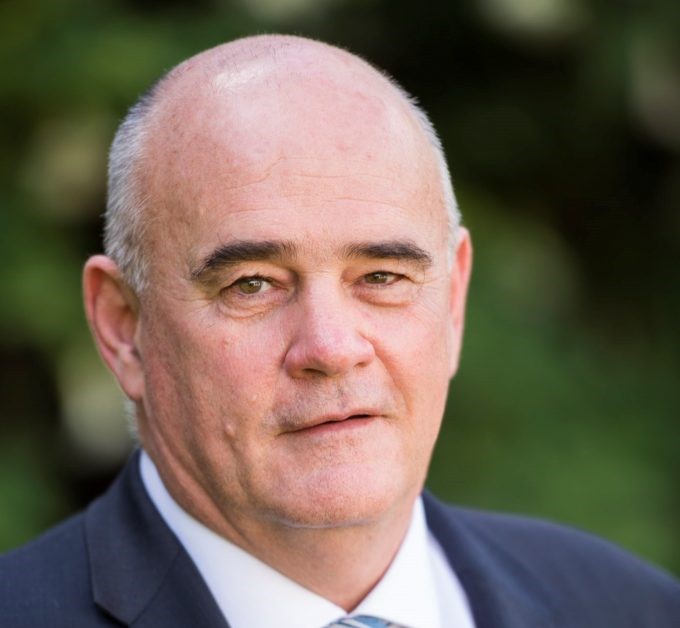Google Maps hurting Queensland tourism, say operators
Exaggerated travel times published on Google Maps are deterring tourists from visiting regional Queensland, say locals.
The state government is urging Google to fix its app following several discrepancies in travel times to rural and regional destinations which inflate the time taken between stops.
Acting premier Cameron Dick will pressure Google to fast-track the amendments of some travel times, which tourism businesses say add as much as six hours to journeys.
Locals argue the inaccuracies not only inflate distances, but cause visitors to mistrust the mapping system, exacerbating doubts about undertaking bush travel during the government-designated ‘year for outback tourism’.
The trip from Birdsville up to the Western Star Hotel in Windorah is a 380km journey initially listed on Google Maps as taking around 11 hours.
When the ABC alerted Google to the inaccuracy, the travel time was dropped to seven hours – which still leaves the driver travelling at around 50km/h for a journey which takes locals four hours.
“We are so dependent on those apps now to get us around cities, to get us around towns, and to get us around big states like Queensland and we need to ensure those apps and the information they are providing are as accurate as possible,” Mr Dick told ABC radio.
Outback Queensland Tourism Association general manager Peter Homan is advising travellers to avoid the app in favour of more traditional advisories.
“Every shire has a Visitor Information Centre, with the best information about travel times, what’s going on in the local area, distances, the best watering holes, where to catch fish,” Mr Homan told AAP.
“They can just give them a call, and they’re also full of local characters so they’ll have a good yarn, too.”
Mr Homan said tourism was crucial for outback towns struggling with long-term droughts.
“It’s more than money coming into their towns, it gives retailers an opportunity to sell their products, it’s giving people pride in their towns.”
Robyn Mackenzie, general manager of the Eromanga Natural History Museum, told the ABC: “We’re developing a major tourist attraction in outback Australia. It’s in a remote part of Australia, so mapping, and accurate mapping, is key.
“What we’re finding is people aren’t coming to these parts of Australia because Google Maps isn’t updating its mapping.
“People just simply don’t come to these areas because the travel times are incorrect.
“It’s hurting these rural communities because we’re just not getting the tourism because of it.”
Google said data for its mapping tools comes from a wide range of sources including third-party providers, public sources and user contributions.
In a statement it said: “Google Maps strives to accurately model and reflect the real world. We are investigating to see what may have happened here and will take the appropriate action. We apologise if any businesses or communities have been affected negatively due to errors on the map.”
Homan says outback tourism is growing despite the mapping issues, with more than 850,000 visitors travelled to the region in the past year.
“Year on year we’re still growing at about 8.7 percent, which is really strong considering the state average is less than 3 per cent, so numbers continue to grow out here,” he told the ABC.
“We’ve had some really good wins with some infrastructure funding and that’ll reflect in increased numbers in tourism next year and the year after that.
“I think the outback has really embraced and engaged with tourism and it’s really helped.”

AccomNews is not affiliated with any government agency, body or political party. We are an independently owned, family-operated magazine.






